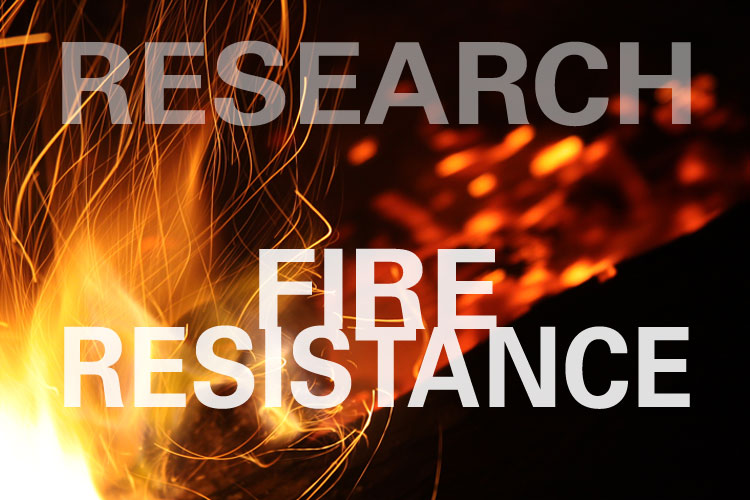The primary degradation kinetics of wheat straw and corn stalks have been investigated under isothermal conditions. Thin layers (about 100 μm) of milled, dried straw are exposed to radiative heating. Thermal degradation is made to occur in the absence of heat and mass transfer limitations, while the sample temperature is controlled by continually varing the intensity of the applied radiative heat flux. The heating process consists of fast sample heating (25–70 K s−1) to the desired temperature, which is then maintained until complete conversion. Time–weight loss curves are determined for reaction temperatures in the range 400–648 K. These curves, for both wheat straw and corn stalks, are well interpreted by a two-stage mechanisms, which takes into account the formation of a solid intermediate and volatiles, followed by further degradation of the intermediate to char and volatiles. For all temperatures, the first stage, where most part of volatiles are released, is about 10 times faster than the second. Kinetic constants have been estimated for the two stages: E1=15.44 kcal mol−1, A1=2.43×104s−1 and E2=11.3 kcal mol−1, A2=5.43×101s−1 (straw); E1=21.86 kcal mol−1, A1=6.3×106s−1 and E2=15.58 kcal mol−1, A2=2.7×103s−1 (corn stalks).
Authors: Lanzetta, Mario; Di Blasi, Colomba; Jan 1998
Link: http://www.sciencedirect.com/science/article/pii/S016523709700079X



